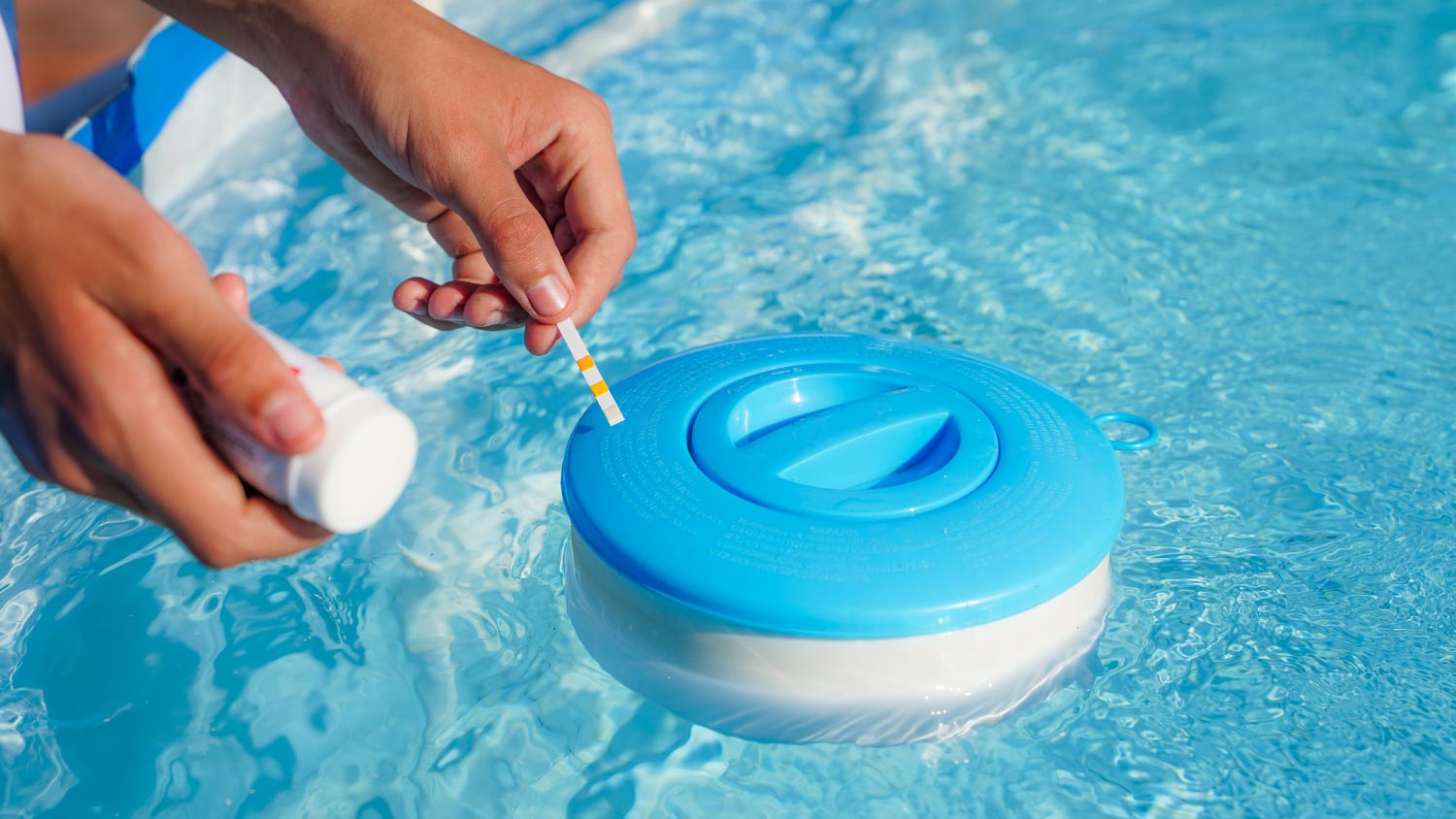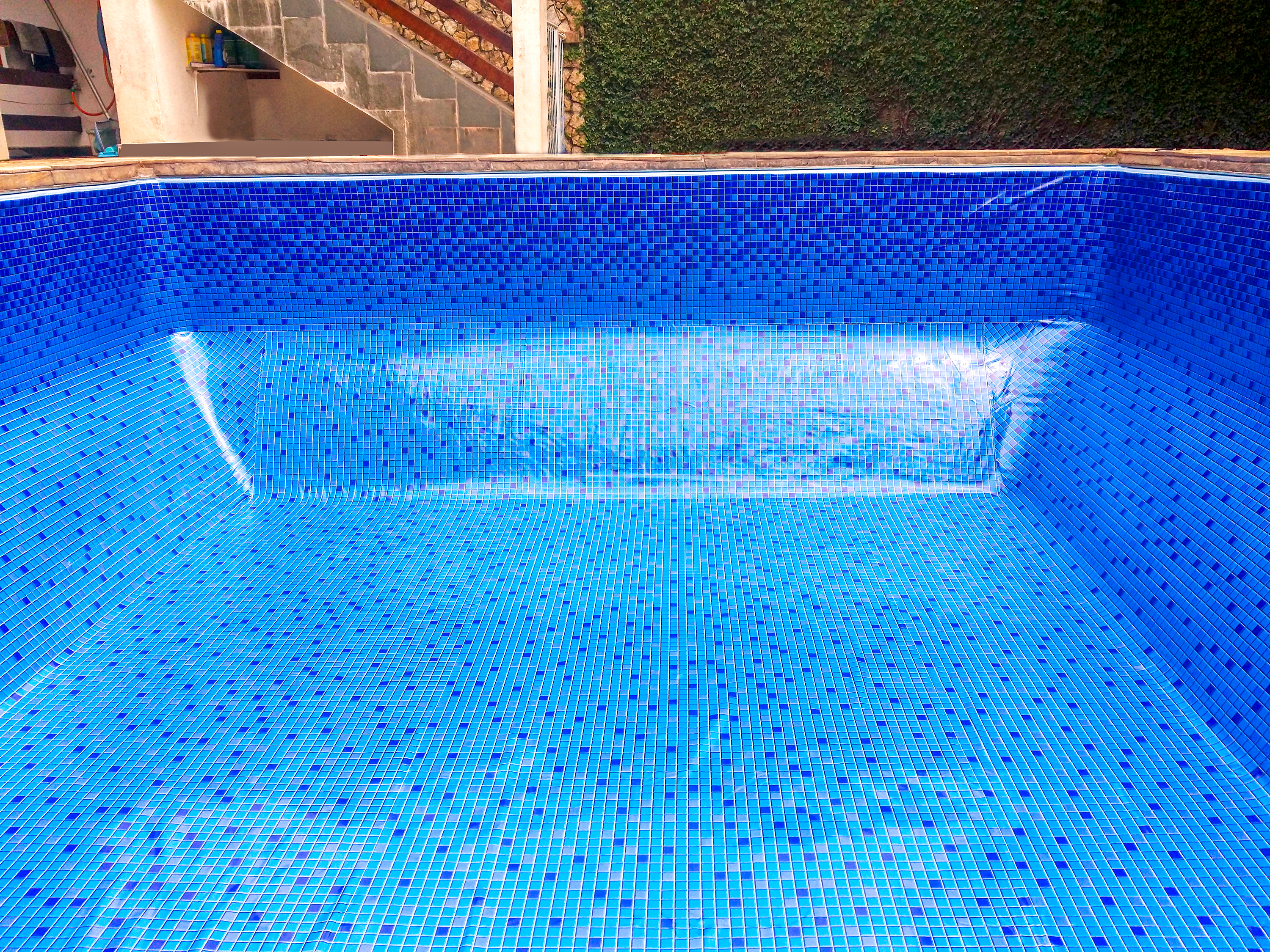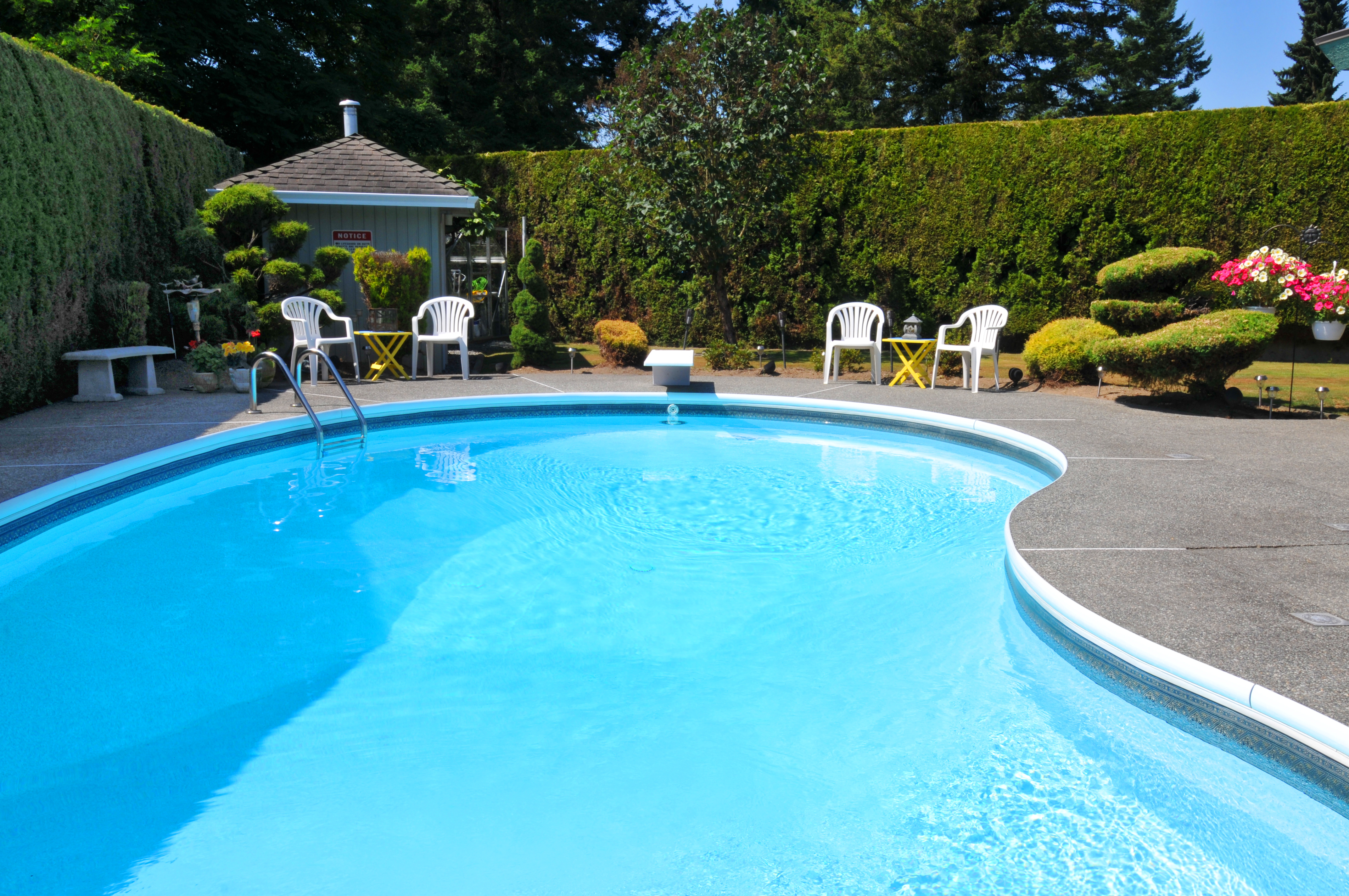
If you’ve been considering installing a new pool in the Buckeye State, this guide will help you understand inground pool costs in Columbus.
Have a safe and fun summer with these tips


A pool is the ultimate symbol of fun, carefree summers. However, it’s essential to take childproofing precautions and educate family members on safety rules when you have a swimming pool in the backyard. Follow this pool safety checklist, so splash time goes swimmingly.
Even if your yard is fenced in, have your local fence installer build a climb-proof fence around your pool. (If part of your home functions as a portion of the fence, make sure it has no doors or windows.)
Depending on your local building codes, your fence should be at least 5 feet high, with slats or uprights spaced no wider than 3 or 4 inches apart. It should also have a self-closing and self-latching gate with a childproof lock. Don’t forget to remove any nearby furniture that your child could climb to scale the fence.
Many local governments require a fence or barrier around a pool or hot tub for safety reasons. Check with your contractor beforehand about local regulations.
Kids as young as six months can begin swimming lessons. Aim for them to be able to do the following in the water:
Step or jump into water over their head and return to the surface
Float or tread water for a minute
Make a complete turn
Swim 25 yards
Exit a pool without a ladder
You and other responsible adults and teens should learn water safety, first-aid, and CPR. Look into classes at your local hospital or American Red Cross chapter.
Tell your kids (and their friends) your rules. Post them along with CPR instructions and emergency phone numbers somewhere visible.
Here’s a pool safety checklist for your home:
When in the pool area, children must be accompanied by an adult who can swim.
No one should run, push, or play roughly near or in the pool.
No one should swim solo. Inexperienced swimmers should wear lifejackets.
Don’t swim if sick or injured.
No one should dive unless the pool has a diving area.
Leave the pool during a thunderstorm since water attracts lightning.
Don’t swim at night unless the pool is well-lit.
Don’t use glass or electrical appliances near the pool.
Ask your local pool installation company to put anti-entrapment safety drain covers in your pool and hot tub. These newer covers are curved to prevent people from getting stuck and potentially drowning.

Pool alarms are safety features that can alert you of someone (or something) is in the pool. Ask your local alarm company which system makes the most sense for your home.
Choose from several types to check this task off your pool safety checklist:
Toddlers can wear wrist alarms that sound when they venture near the pool or get wet.
Some alarms go off when a person (or another heavy object) enters the pool.
Others sound when doors or gates leading to the pool open.
Any time your pool is not being used, seal it with a rigid cover that conceals the entire surface. Just make sure to pump or drain any water that collects on top, as very young children can drown in as few as 2 inches.
To prevent swimmers from getting trapped under pool covers, remove them completely when the pool is being used. A pool cover costs on average $1,700, depending on the size and extra features added.
To separate the deeper section, use a rope supported by floats. Tell non- and beginning swimmers to avoid venturing into this part of the pool.
Right near the pool, keep a first-aid kit, plus life-saving equipment, like a life ring with a rope, rescue (shepherd’s) hook, life preservers, and kickboards. Buy Coast Guard-approved personal flotation devices (PFDs) or life jackets for non- and beginning swimmers.

You or your local pool service company should keep the water in your pool sanitary, balanced, and debris-free. If you have an automatic pool cleaner, remove it when you and your kids are swimming. Otherwise, the operating hoses could entangle swimmers.
If you have an above-ground pool, remove ladders or steps when not using it. Don’t forget to empty kid pools, remove any pool accessories, and turn them upside down after your kids take a dip.
If you service your own pool, lock up chemicals as a childproofing safeguard. Make sure the heater, filter, and other equipment are behind a fence or wall that’s at least 5 feet high.
Ask your local electrician to switch out outlets around your pool to ground fault circuit interrupters. Test all nearby outlets and circuits regularly.
Coat your pool deck with a non-slip surfacing material. Then keep it clear of items kids (or adults) could trip on, like toys and pool cleaner hoses.
To cut down on sunburns, the final task on your pool safety checklist is to install awnings and invest in shade umbrellas. Make sure kids wear sunscreen and encourage them to take breaks for water and snacks.
From average costs to expert advice, get all the answers you need to get your job done.

If you’ve been considering installing a new pool in the Buckeye State, this guide will help you understand inground pool costs in Columbus.

The cost of pool liner replacement in Columbus depends on the size and shape of your pool, as well as the liner material and type. Here’s how the costs break down.

Removing a pool is a labor-intensive job, but the investment can be worth it. Use this pool removal cost guide to estimate how much you’ll pay for the service.

Discover the cost to install a solar pool heater, including average prices, key cost factors, and tips to save on your project.

It’s always best to hire a pool electrician to work on your pool's electrical systems. Our guide breaks down everything you need to know about hiring this pro for your pool.

Swim from early spring through late fall and beyond by warming the water with a pool heater. Learn more about pool heater installation in this guide.